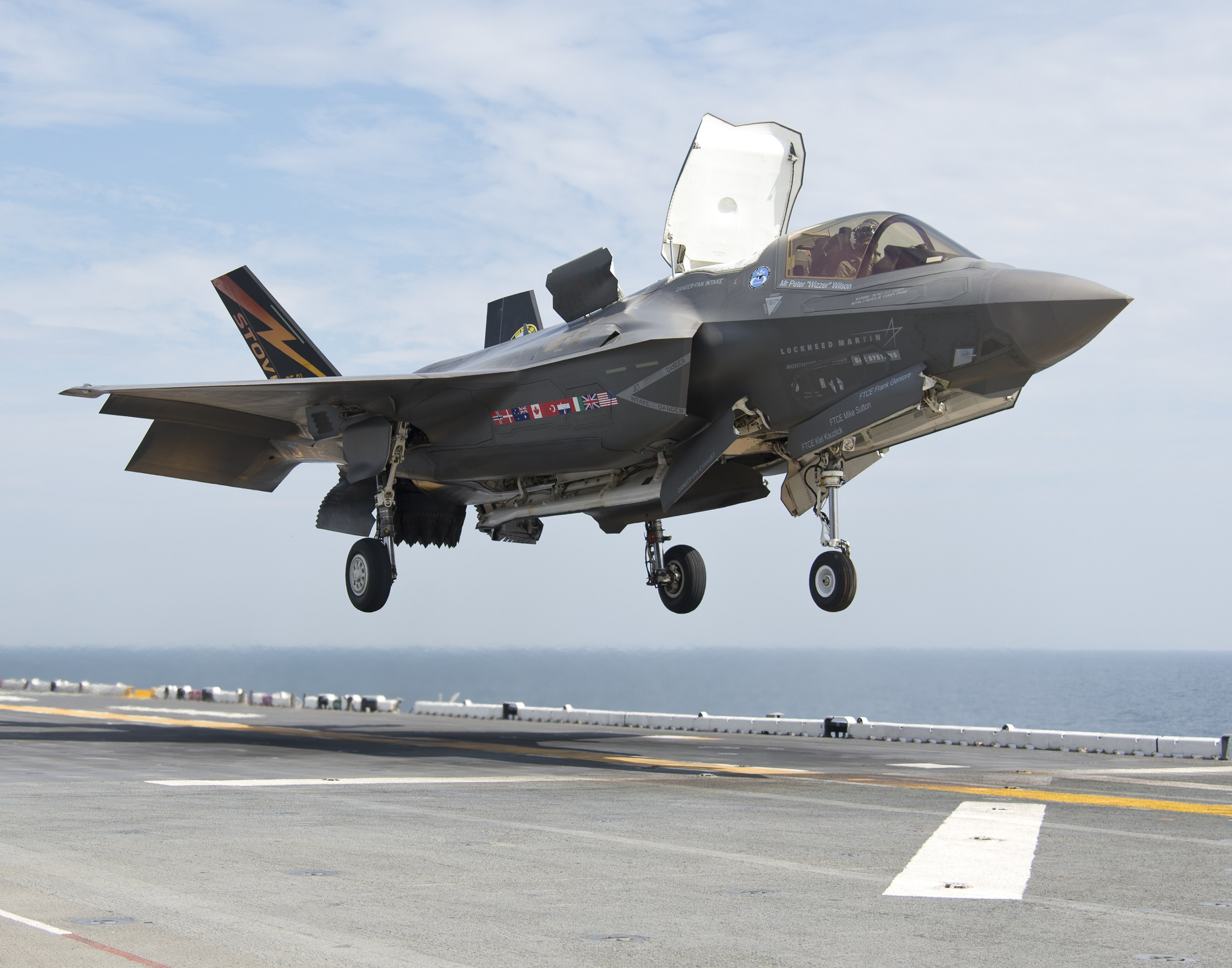The U.S. Air Force is closing in on awarding a contract for its new two-seat jet trainer. The average age of the existing trainer fleet is more than 50 years old. So this upgrade is none too soon. The new trainer, dubbed the T-X, must meet a long list of requirements to help prepare American pilots for a wide variety of complex missions over the next 50 years — including preparing our pilots to fly cutting edge jet fighters like the F-18 Super Hornet, F-22 Raptor, and F-35 Lightning II.
Two of the three major competitors are foreign firms — from Italy and South Korea. They have partnered with two different American companies to bump up their ties to America.
The one American firm, Boeing, is America’s most well-known aerospace company, and has designed and built from the ground up a new jet to specifically meet all of the Air Force’s training requirements and insure that costs — especially operational costs over the life of the jet — are low. The Boeing trainer will include Saab as a team member. In contrast with the other offerings, the Boeing jet is more than 90 percent American made.
Boeing has major aerospace plants all across the nation. Thirty-four states will play a key role in building and supplying the new T-X Trainer offered by Boeing. More than 17,000 American well-paying jobs will be supported and maintained in this effort.
Boeing’s T-X has been designed and will be built by Americans who fly the red, white, and blue stars and stripes from the rafters in their plants. Unlike other offerings, the T-X isn’t a re-tread jet hoping that yesteryear’s technology and design can be cleaned up and made to work for the future. Instead, this jet is entirely modern and designed specifically for training the U.S. Air Force’s future pilots for generations to come.
I’ve sat in the front seat of the new T-X and it is an impressive machine. It is highly capable with maximum versatility. Every detail was well thought out. At 6’ 3”, I still had plenty of leg room. With stadium style seating, the instructor in the back seat can see everything perfectly. And this jet makes a Ferrari or a Maserati look boring. A retired Air Force fighter pilot who was with me was equally impressed and was itching to fly this new impressive jet.
How does the most serious competition stack up?
Leonardo S.p.A., an Italian aerospace company, is teaming up with its American subsidiary Leonardo DRS. Their offering is a derivative of an older Russian jet that is currently built in Italy. If they win the competition, they plan to move their operations to the U.S. But regardless, they are offering an older, modified Russian jet. The Italians fly 18 such planes. The Poles fly 8. Singapore has 12 in service. You get the point. This offering doesn’t make a lot of sense for America, no matter what bargain price they may offer.
Korea Aerospace Industries, teaming up with Lockheed Martin, is offering a plane that first flew in 2002 and was designed to meet South Korea’s training requirements more than two decades ago. Lots of modifications and upgrades are required to bring it up to the requirements of the US Air Force. Even then, what the Air Force will get is a two-decade-old design. To put that into perspective, two decades ago we were still about a decade away from having the iPhone. Moreover, given South Korea’s habit of using heavy government subsidies to beat out American manufacturers with cheap offerings where price is the only real advantage, this makes little sense for America’s future.
On a quality, capability, and value standard, the clear winner is the Boeing T-X trainer. But it should also win because it is the only serious entrant that offers a truly American designed and built military jet. America cannot hope to remain a superpower if it does not design and build its own jets, missile defense, and other military hardware. And what message does it send to the rest of the world if America stops building its own high tech military equipment?
Other competitors rely on foreign firms for expertise and cheap overseas labor and even foreign government subsidies to game the price of their offerings. The U.S. Air Force must be smart enough to sniff out this skunk even if it is masked with heavy doses of perfume. The Pentagon should always seek the highest quality tools for our war fighters. But they must also always recognize that buying our national security tools from overseas has real long term risks, and is foolish in the extreme.
Americans should be designing and building our own national security tools. We cannot allow ourselves to become dependent on other nations for our defensive capabilities. The day that happens, we will cease to be a world superpower. Let’s hope the Air Force decision makers understand this immutable truth.
